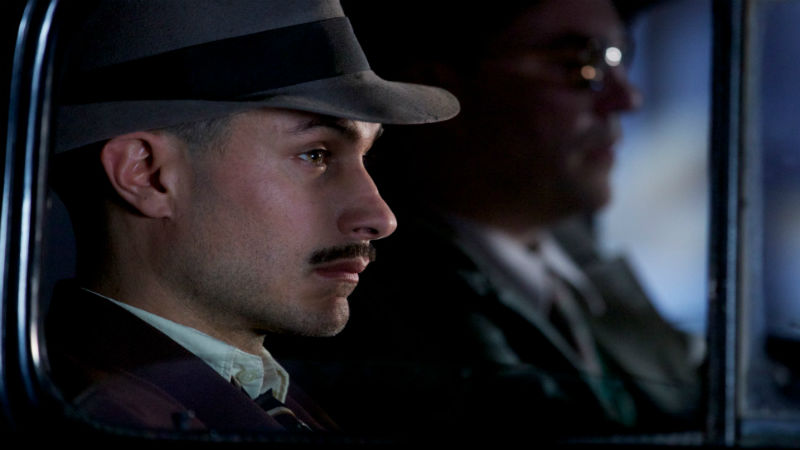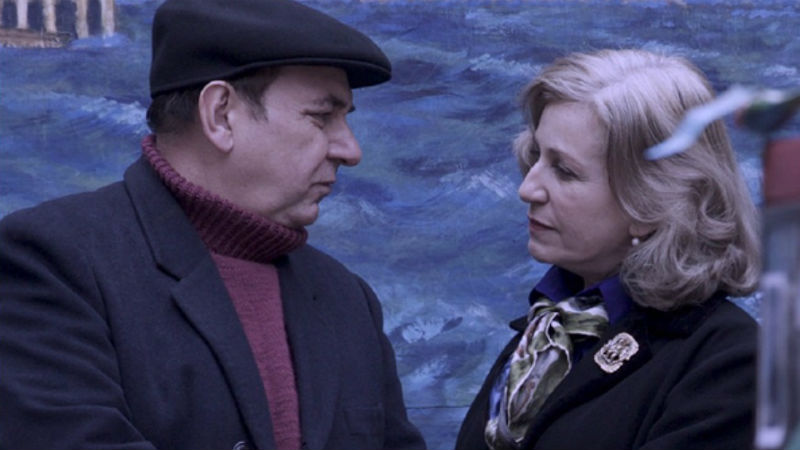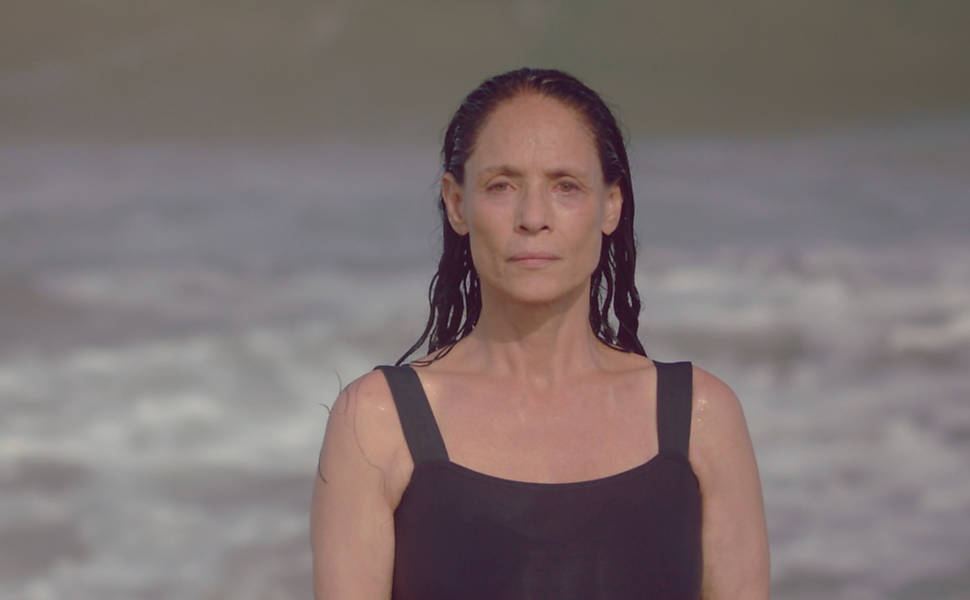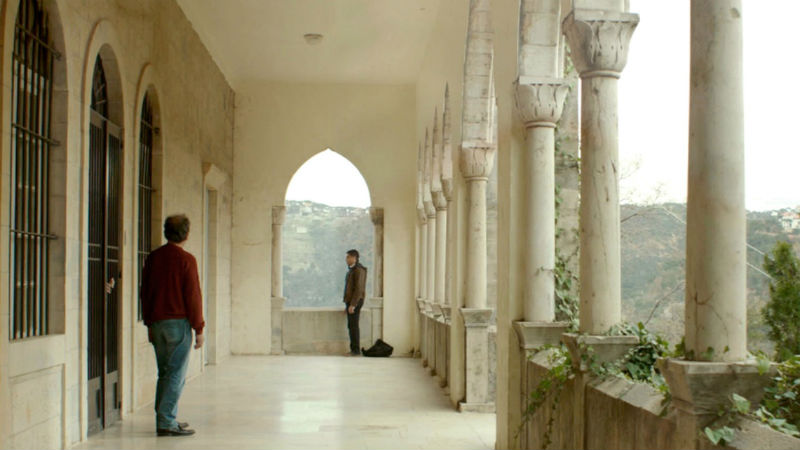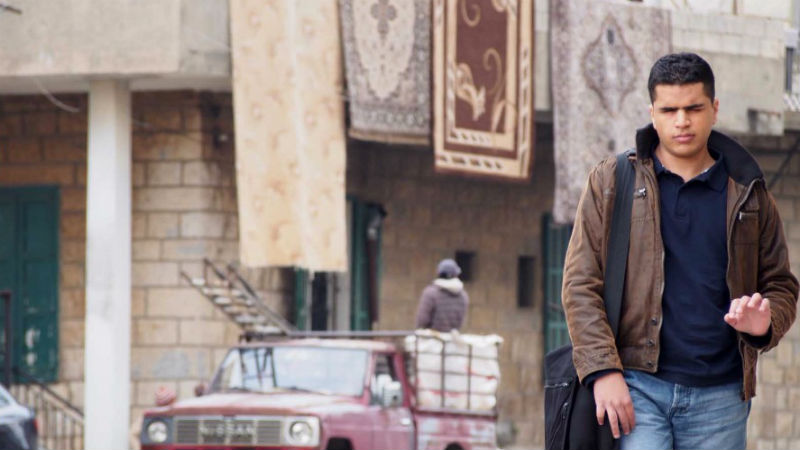Fifty-eight years ago – in the year of 1958 -, one of the leading figures of the avant-garde music composed the notorious 4’33”, a three-movement piece that instructed musicians to refrain from playing their instruments throughout the whole performance. John Cage’s signature piece explores silence as a dimension for the entire duration of the composition. In Pursuit of Silence opens as an ode to Cage’s piece, a silent surprise to viewers, swept by striking images of a single tree in a cornfield or a petrol station at night. This is a mundane clue of the meditative journey about to follow.
In a world where noise pollution has become part of our daily lives, the detrimental effects are overlooked at the expense of our own health and spirit. Far too often, for example, media devices such as phones serve as a distraction to such a cacophony, as we’re ultimately numbed down.
We have not come a long way since the experimental American movie Koyaanisqatsi (Godfrey Reggio, 1982), and the subject is still as relevant and overlooked as back then. Koyaanisqatsi was a cry for help because relationship with nature is collapsing, while In Pursuit of Silence deals with the aftermath. We have become accustomed to this noise epidemic: instead of searching for a solution, we just seek refuge for brief periods of time. We have acknowledged the physical and mental impact of noise on our lives, and yet we have taken very little action to revert it.
American director Patrick Shen does not make any bold political statements, instead allowing specialists to make their case. The different perspectives from academics to audiologists ultimately reveal such eye-opening testimonials. The experience is both cathartic and sobering to the viewer. He treads on emotional ground with a very respectful tone, keeping the marriage of sound and image very minimalistic. From the bleakness of the metropolis to the wilderness of the forest, you’ll be immediately enraptured by the miracle that is life, where limits are created by speech only. Perhaps the world needs your silence more than your voice.
The doc and profound meditative experience In Pursuit of Silence is out in UK cinemas on Friday October 21st – click here for more information about the movie. There will some special screenings before then at Picturehouse Central.
You can watch the film trailer below:
.









